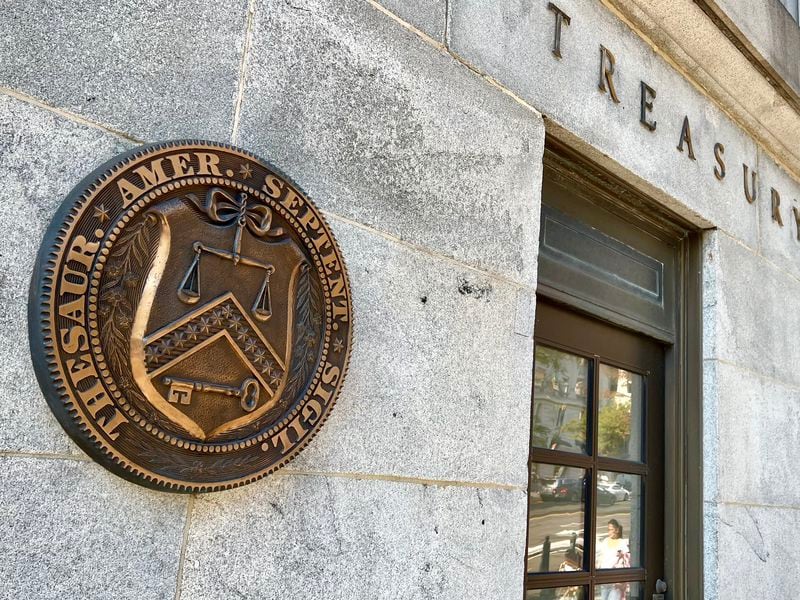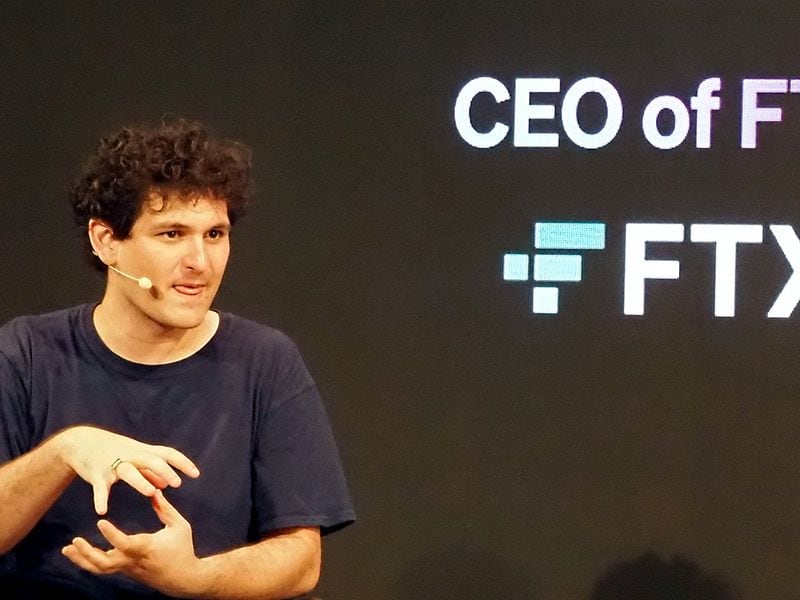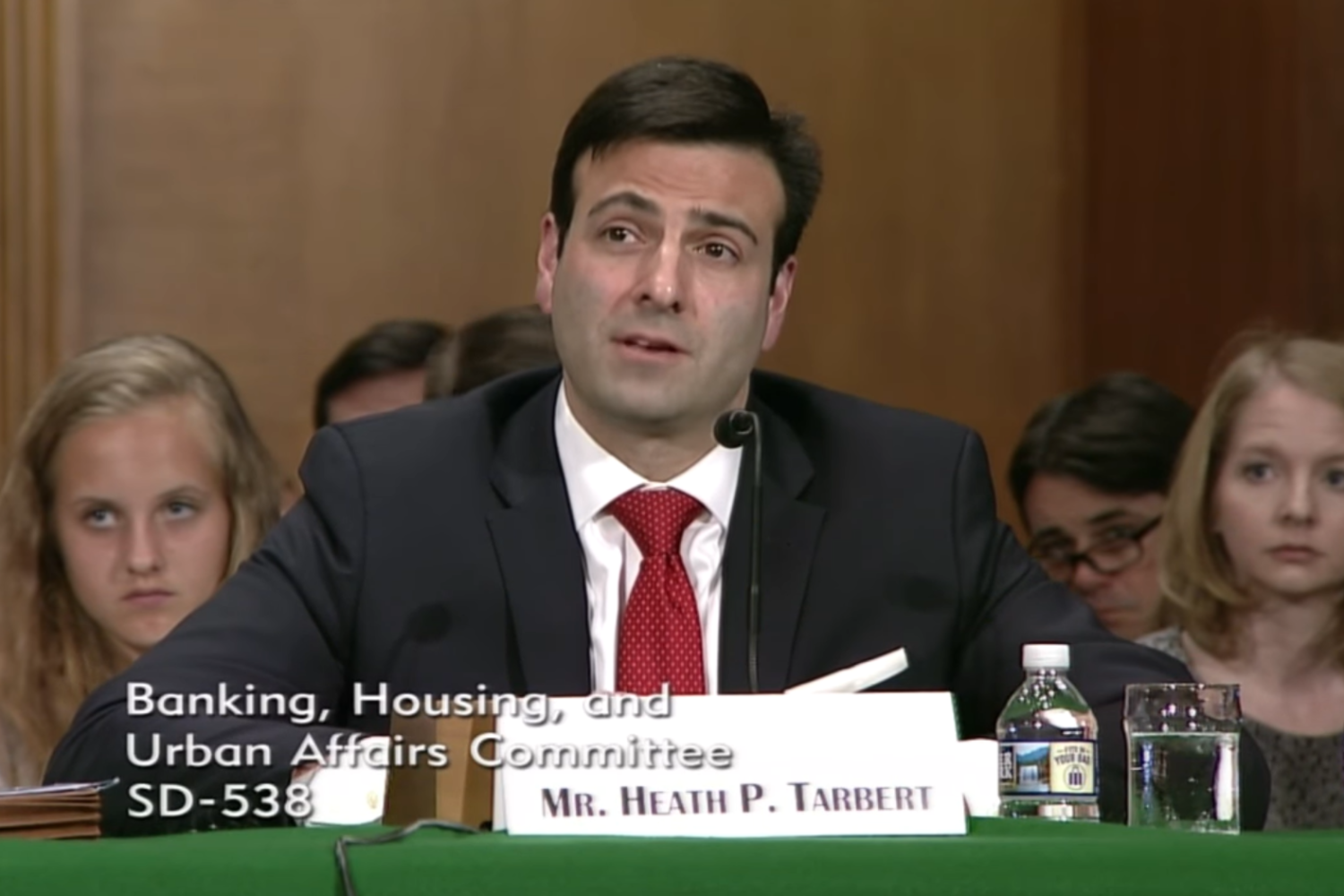The Protocol: Celestia Airdrop Gets Crypto Users Asking About Starknet Despite No Similar Plans
/arc-photo-coindesk/arc2-prod/public/LXF2COBSKBCNHNRE3WTK2BZ7GE.png)
For the editor of a blockchain tech newsletter, it’s always nice (for readership) when there’s a smart explainer-y angle to a token airdrop that’s hotly tracked by the crypto degens. That’s the gist of our feature article, on the blockchain project Celestia, which this week airdropped its new TIA tokens to early contributors and crypto users, creating some $300 million-plus of market capitalization literally overnight. The backstory is that the “data availability” network originated with a research paper by a Ph.D. student at University College London; now it claims to have touched off a new “modular era” of blockchain development, especially in the Ethereum ecosystem.
-
The layer-2 project Starknet’s allocation of the not-even-trading-yet STRK tokens to early community members.
-
Trustees of Sam Bankman-Fried’s bankrupt FTX exchange moving tokens around on blockchains, ostensibly in a bid to maximize value.
-
Arbitrum’s go-live moment for its “Orbit” program, used to spin up new layer-3 networks.
You’re reading The Protocol, CoinDesk’s weekly newsletter that explores the tech behind crypto, one block at a time. Subscribe here to get it every week.
Network news
WEN STARKNET? This week’s airdrop by the data-availability network Celestia of its TIA tokens elicited a congratulatory post on X from the official account for Starknet, one of the leading Ethereum layer-2 networks. In response, one quick-witted X user posted, “Your turn soon.” The snarky retort referred to Starknet’s own STRK tokens, which have been minted and are being awarded to early project contributors – even though they are locked up from trading at least until next April. Starknet confirmed in July 2022 that a token was needed “to operate the ecosystem, maintain and secure it, decide on its values and strategic goals, and direct its evolution.” And then in November of that year the STRK tokens were deployed on the Ethereum main network. The news this week was that the Starknet Foundation allocated some 50 million STRK tokens to a new Early Community Member Program, or ECMP for short. The Starknet Foundation’s tokens come from its original grant of 50.1% of the initial minted supply of 10 billion STRK, so that works out to a hoard of about 5 billion STRK. Since the tokens aren’t trading, there’s no easy way to estimate the value – especially with any potential payday still many months away. But the awards could help Starknet grow and retain its community, especially during the current “crypto winter” where resources are tight – and as rival projects including Arbitrum, the biggest layer-2 blockchain atop Ethereum, move forward with their own incentive programs. Starknet officials have not confirmed any plans for an airdrop.
WINDOW ON FTX WORKOUT: In the crypto era, anyone with access to a blockchain era can watch in real time as lawyers and financiers try to maximize the holdings of a company in bankruptcy. The estate of Sam Bankman-Fried’s bankrupt crypto exchange, FTX, appears to be moving millions of dollars worth of crypto assets around on blockchains after winning court approval in September to sell, stake and hedge crypto holdings worth more than $3.4 billion. In the past 24 hours, more than $13 million worth of various crypto tokens were moved to exchange platforms Binance and Coinbase, from wallets linked to FTX and its trading firm, Alameda, according to the analysis firm Spotonchain. The tokens moved include (DYDX), (AAVE) and Axie Infinity’s (AXS). Last week, cold wallets linked to FTX moved more than $19 million of assorted tokens to crypto-exchange addresses, blockchain data showed, including Ethereum’s ETH and Solana’s SOL. Last year, CoinDesk reported exclusively on the bankrupt crypto lender’s Celsius’s on-chain movements, as it repaid hundreds of millions of dollars of borrowings on DeFi platforms like Aave to reclaim collateral.
Protocol Village
Highlighting blockchain tech upgrades and developments.
1. Arbitrum Foundation announced that new layer-3 networks created via the layer-2 project’s “Orbit” program can now settle to the main Arbitrum network.
2. DYdX, the crypto derivatives-trading platform, officially launched its new “v4” standalone blockchain built with Cosmos technology, after migrating away from being a layer-2 network atop Ethereum. The project also enabled a one-way bridge allowing users to transfer their DYDX tokens over.
3. Cubist, led by CEO Riad Wahby, an assistant professor of electrical and computer engineering at Carnegie Mellon University, publicly released a new “wallet-as-a-service” product, CubeSigner, in an effort to solve the challenge of making account keys readily available while keeping them secure.
4. Dan Albert, executive director of the Solana Foundation, announced at Breakpoint 2023 that the long-awaited validator client, Firedancer, is live on testnet, according to a message from the Solana Foundation team: “Firedancer will increase validator diversity on Solana, which is the key to long-term resiliency and decentralization of the network, and will be fully compatible with existing Solana validators and protocols. Firedancer is built by a team at Jump Trading Group, a longstanding participant in the Solana ecosystem, led by Kevin Bowers.”
5. IoTeX, a blockchain compatible with Ethereum’s Ethereum Virtual Machine (EVM) standard, announced its integration with Solana, “providing real time analytics on Solana-connected hardware devices,” according to a message from the team. “The integration with Solana enables verifiable off-chain data via IoT-connected projects built on Solana like Helium, Render and Hivemapper, into its transparent data analytics platform.”
Money Center
-
Rise In, a leading educational platform that onboards Web2 developers to Web3, “has further expanded its 200k+ talent community with the acquisition of U.S.-based BlockBeam,” according to a press release. The team sent the following message: “This adds about 1,000 Web3 developers from the U.S.”
-
Crypto venture funds Variant, 1kx lead $6M funding round for ZK-meets-AI startup Modulus.
-
Solana Labs has officially launched the Solana Incubator program, according to a press release. “Resources offered through the Solana Incubator program include hands-on engineering, go-to-market and fundraising support from Solana Labs.
-
Google Cloud has officially launched the Solana network dataset on BigQuery, Google’s data warehouse, according to a message from the Solana Foundation.
-
The Interchain Foundation, which stewards development in the Cosmos blockchain ecosystem, introduced the team developing the IBC (Inter-Blockchain Communication) light client on Avalanche, according to a message from the team: “Landslide, an Avalanche subnet and member of the Interchain Builders Program, is the first IBC connection to Avalanche, enabling seamless interoperability between Avalanche and 100+ other IBC-enabled chains. This is a result of a collaboration between StrangeLove (Distributed Development Team of the ICF) and Landslide.”
-
Decentralized cross-chain protocol Frax Finance‘s domain was hijacked early Wednesday, but the team behind the project has gotten it back under control with help from their domain registrar.
Injective, Solana Dominate October Returns in CoinDesk Smart-Contract Platform Index (SMT)
Digital-asset markets in October brought what might be the first signs of a thaw in the industry deep freeze known as “crypto winter,” which has depleted project funds and led many companies to cut staff, as reported in prior editions of The Protocol. It’s been widely reported that bitcoin (BTC) had a strong month, buoyed by optimism that one or several new spot bitcoin exchange-traded funds or ETFs might soon win approval from the U.S. Securities and Exchange Commission. Among smart-contract platforms, Ethereum’s native token, ETH, was up for the month, but the gains were much more subdued, and analysts at Coinbase Institutional cited “the lack of a strong fundamental narrative.” Much more powerful were the gains for INJ, the native token of Injective, a layer-1 blockchain built for finance, as well as the SOL token from Solana, which is having its Breakpoint conference this week in Amsterdam. (The analysis firm Messari recently noted that the Solana blockchain, once the butt of jokes for frequent outages, has now gone 234 days without one, its second-longest streak.) Among members of the CoinDesk Smart-Contract Platform Index (SMT), laggards for the month included SUI, METIS and SEI.
:format(jpg)/cloudfront-us-east-1.images.arcpublishing.com/coindesk/QVKTC5LPHJBHBNET7OFL5GIZ74.png)
Calendar
Edited by Bradley Keoun.









